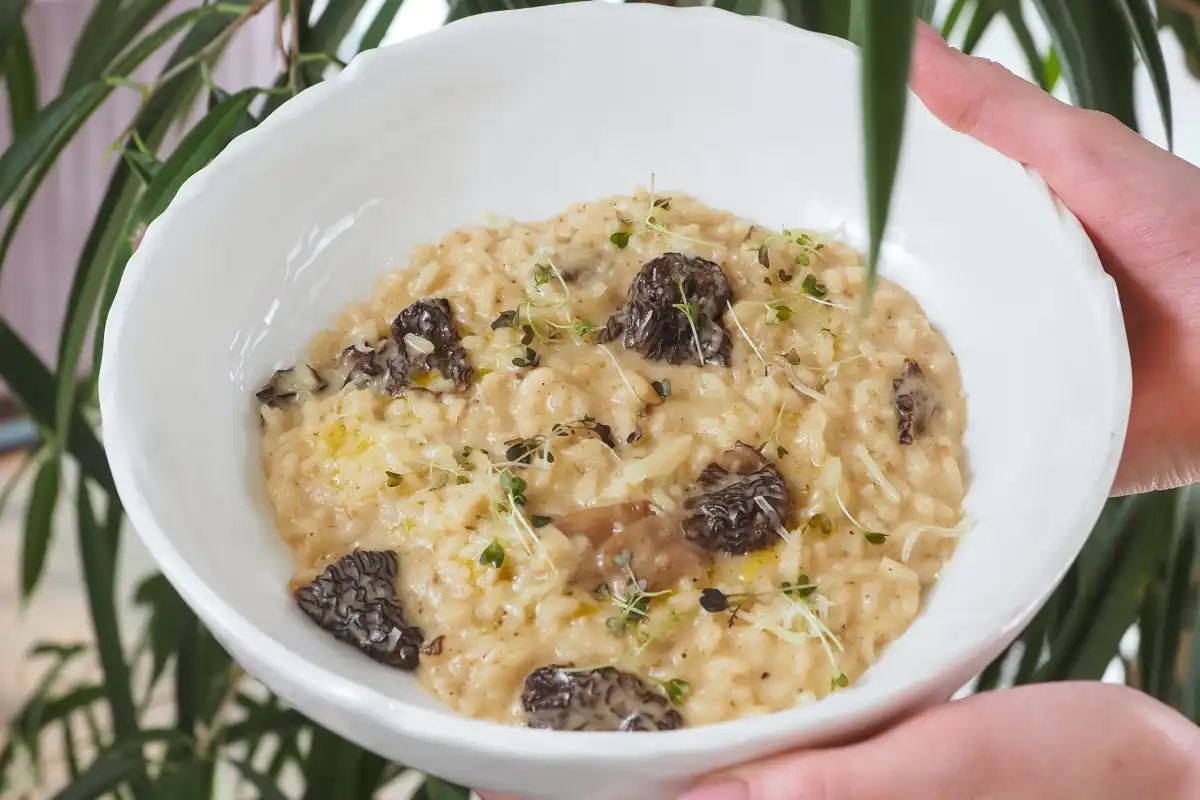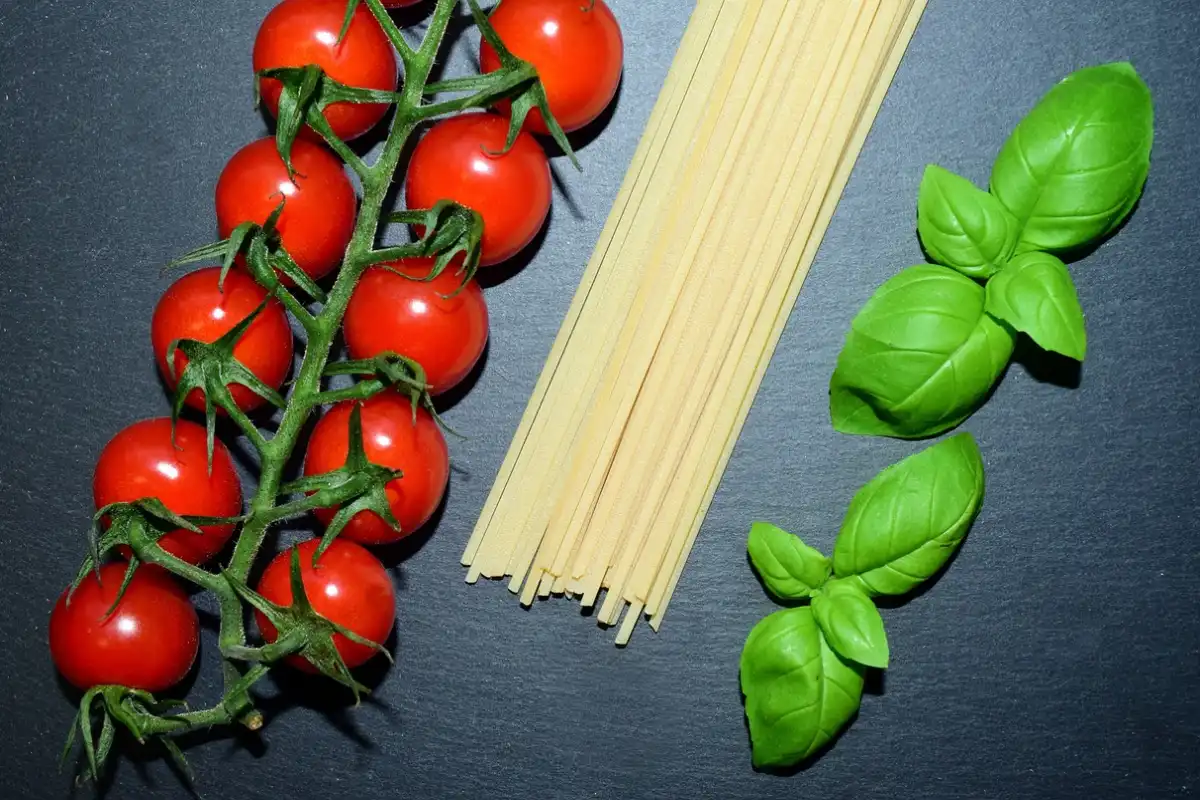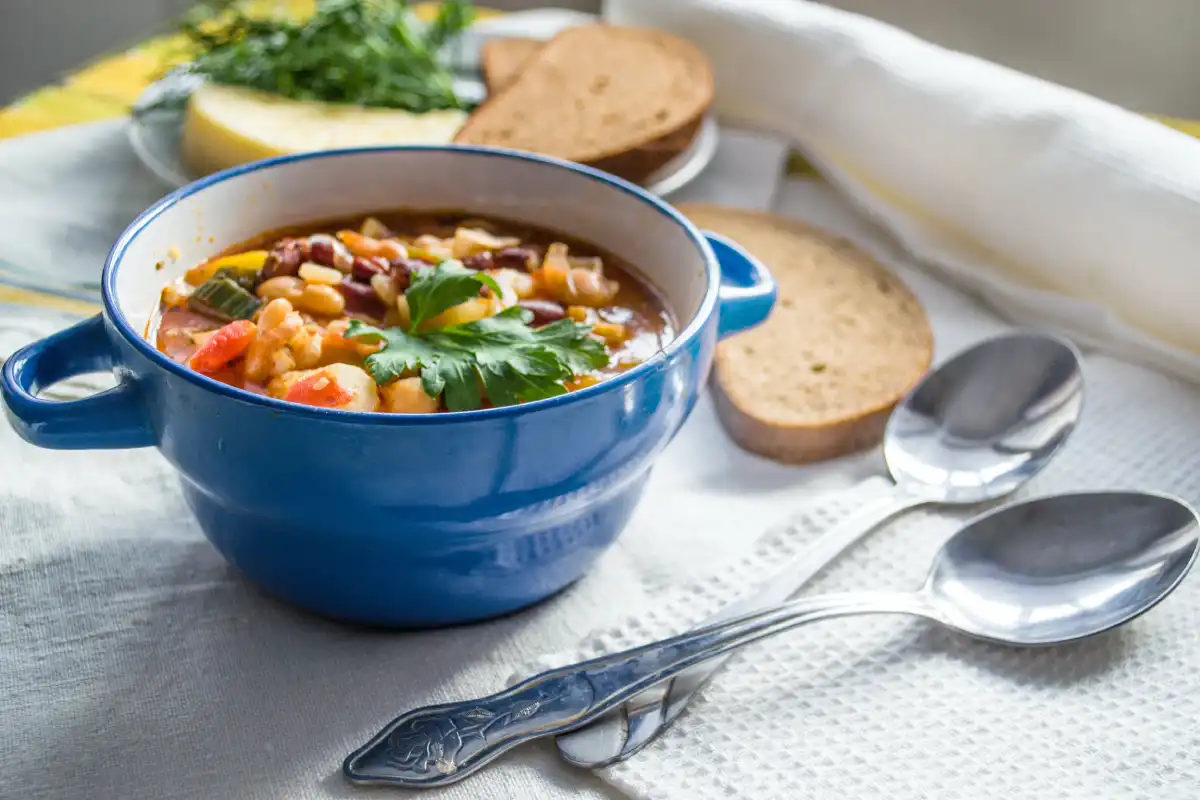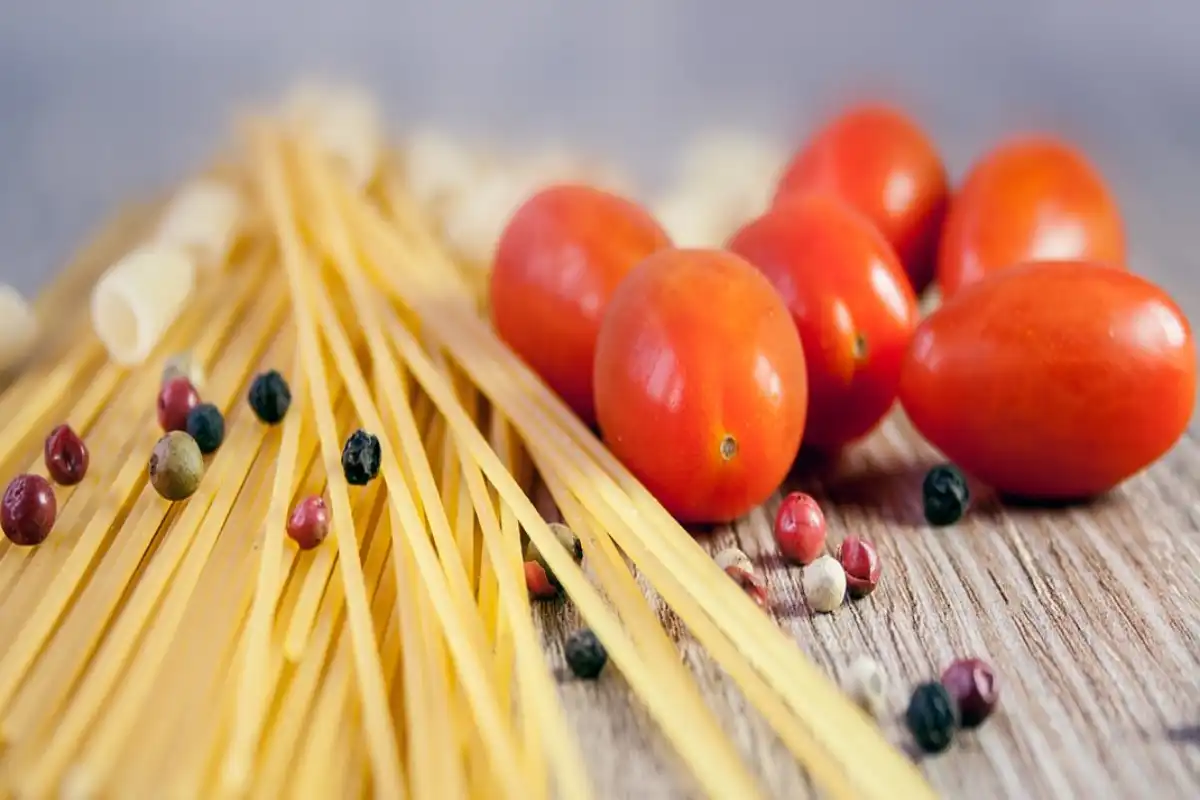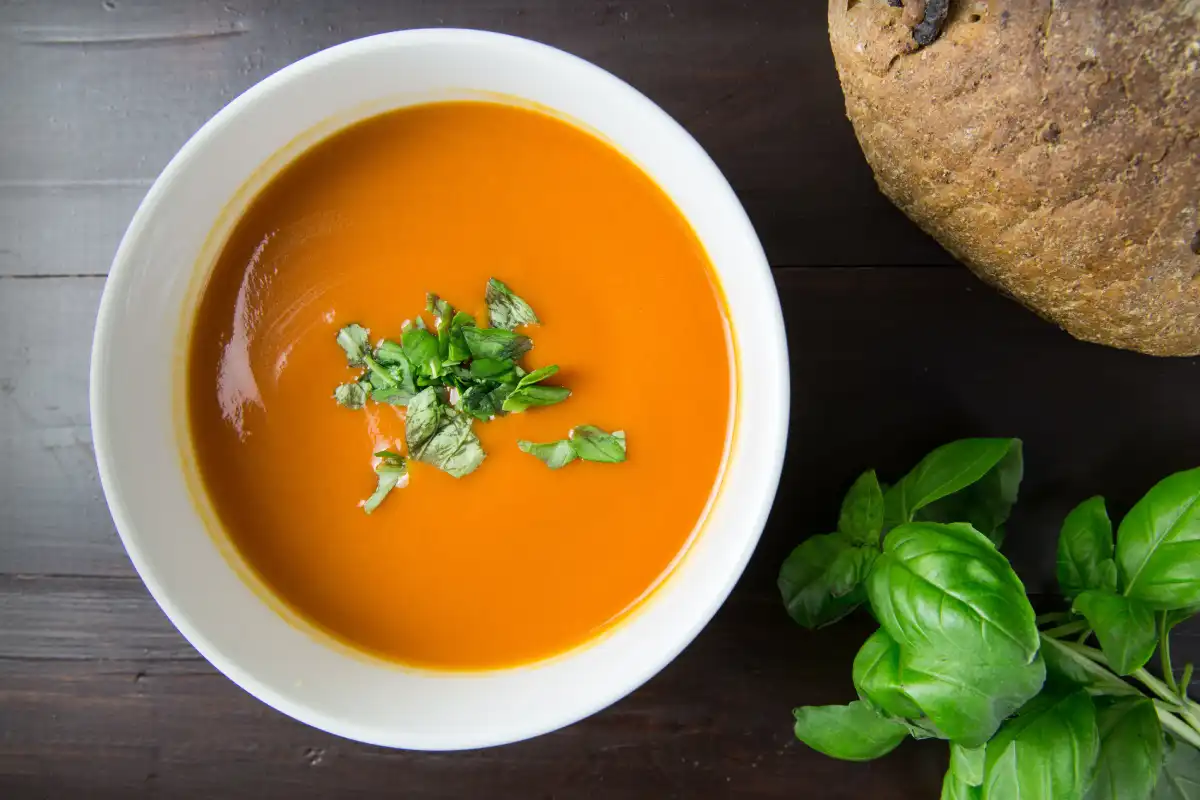Introduction
Welcome to the Cozy Corners of Italian Cuisine: Exploring the Magic of Pastina
In the heart of Italian culinary tradition lies a humble yet extraordinary ingredient, Pastina. This tiny star-shaped pasta, a staple in many Italian households, holds a special place in the hearts of those who grew up savoring its comforting embrace. But Pastina is not just known for its culinary versatility; it has earned a loving nickname – “Italian Penicillin.” This intriguing moniker piques curiosity: why is this simple pasta likened to a medicinal powerhouse? As we unravel this mystery, we’ll explore the cultural, historical, and emotional facets of Pastina, understanding why it’s more than just food – it’s a symbol of comfort, care, and tradition.
Cultural Significance of Pastina in Italy
Pastina: A Tiny Taste of Italian Heritage
In Italy, food is more than sustenance; it’s a language of love, tradition, and history. At the heart of this rich culinary tapestry is Pastina, a simple yet beloved element of Italian cuisine. This tiny pasta transcends generations, serving as a culinary bridge connecting the past and present. From the bustling streets of Rome to the serene countryside of Tuscany, Pastina remains a constant, a familiar comfort in the ever-changing landscape of Italian food.
In Italian families, Pastina often marks the beginning of a culinary journey. It’s usually the first solid food a baby tastes, symbolizing nourishment and care. Its ease of preparation and gentle texture make it a go-to meal for busy parents and a soothing remedy during cold winters or when one is feeling under the weather. This deep-rooted association with warmth and comfort is what elevates Pastina from a mere ingredient to a cherished emblem of Italian family life.
Historical Background
The Timeless Tale of Pastina: A Journey Through Italian History
Pastina’s story is as rich and varied as the history of Italy itself. This tiny pasta, whose name means “little pasta,” has origins that can be traced back several centuries. It was born out of necessity and simplicity – a way to make a nourishing meal from basic ingredients that were readily available in most Italian kitchens: flour and water.
Over the years, Pastina evolved, becoming a culinary staple in households across Italy. During times of scarcity, particularly in the post-war era, it stood as a symbol of resilience and resourcefulness. Its affordability and the ease of combining it with whatever ingredients were on hand made Pastina a beacon of hope and sustenance for many struggling families.
As Italy progressed and prospered, Pastina retained its beloved status. It became synonymous with comfort and was often the go-to dish for mothers and grandmothers looking to prepare a quick, healthy meal for their children. Its role in Italian cuisine is a testament to the saying, “less is more,” as this humble pasta continues to be a favorite, cherished for its simplicity and its ability to carry the rich flavors of Italian cooking. To understand Pastina’s place in Italian food history, explore this detailed overview of the history of Italian cuisine.
Why Do They Call Pastina Italian Penicillin?
The Healing Power of a Simple Pasta: Understanding Pastina’s Nickname
So, why do they call Pastina “Italian Penicillin”? This charming nickname is steeped in a blend of cultural belief and anecdotal wisdom. Firstly, Pastina has long been a staple in Italian homes for nurturing the sick back to health. When flu or colds strike, Italian families often turn to a steaming bowl of Pastina, usually prepared with a light broth, believing in its restorative powers. This practice has transcended generations, embedding itself deeply in Italian culture.
Moreover, the ease of digesting Pastina makes it a preferred choice during illness, especially for children and the elderly. Its soft texture and gentle flavor are soothing, offering comfort when appetites are weak. Consequently, in many Italian households, Pastina is akin to a medicinal elixir, believed to possess the power to heal, or at least provide relief during sickness.
Additionally, Pastina’s warmth and simplicity often bring psychological comfort. This aspect should not be underestimated, as the emotional component of healing is as vital as the physical. The act of preparing and serving Pastina, often with a loving touch from a parent or grandparent, is seen as a form of care and affection, further enhancing its reputation as a healing food.
Therefore, the term “Italian Penicillin” goes beyond just the physical nourishment Pastina provides. It encapsulates a blend of emotional comfort, cultural tradition, and the belief in the healing power of a simple, lovingly prepared meal.
Health Benefits of Pastina
Nourishing Body and Soul: The Nutritional Value of Pastina
Diving into the health benefits of Pastina, it’s clear why many regard it as a wellness aid. Though simple in composition, Pastina packs a nutritious punch. Made primarily from wheat, it provides essential carbohydrates fueling the body, offering energy especially needed during recovery. Carbohydrates are crucial for brain function and overall energy levels, making Pastina a wise choice for a convalescence diet.
Pastina also serves as a great base for nutrient-rich additions. In Italian households, cooks often enrich Pastina with broth, which adds hydration and electrolytes, essential for recovery from illness. Adding vegetables, lean proteins, or a sprinkle of Parmesan cheese can transform it into a more balanced, nutrient-dense meal, offering vitamins, minerals, and protein.
Importantly, Pastina’s soft texture makes it easily digestible, a key factor when the body is weak or the digestive system is sensitive. This ease of digestion ensures that the body can absorb the nutrients without causing stress to the system.
In summary, while Pastina may not cure illnesses like an antibiotic, its nutritional profile supports the body’s recovery process. It provides energy, is gentle on the digestive system, and can carry a range of additional nutrients, depending on how one prepares it.
Pastina in Home Remedies
A Spoonful of Comfort: Pastina’s Role in Italian Home Healthcare
In Italian homes, Pastina often plays a starring role in home remedies, especially for common ailments like colds or flu. Families traditionally turn to this tiny pasta as a first line of defense, valuing its ease of preparation and digestibility. When someone falls ill, a pot of Pastina simmering on the stove is a common and comforting sight.
The typical way to prepare Pastina for the sick involves cooking it in a light, homemade chicken or vegetable broth. This not only enhances the flavor but also provides additional hydration and nutrients. Some families add a clove of garlic or a sprinkle of herbs to the broth, incorporating ingredients known for their natural healing properties.
Moreover, the simplicity of Pastina allows for easy customization based on the eater’s needs and preferences. For instance, adding olive oil can provide healthy fats, while a soft-boiled egg can enrich the meal with protein. These variations ensure that Pastina can suit various dietary requirements, making it a versatile tool in the home healthcare arsenal.
This traditional use of Pastina, combined with its gentle nature, cements its role as a form of Italian “penicillin.” It’s a testament to the belief in the healing power of food, grounded in the principles of simplicity, nourishment, and care.
For those interested in trying a classic recipe, our Italian Penicillin Soup offers a perfect blend of comfort and wellness, showcasing Pastina in a traditional, soothing light.
The Comfort Food Aspect
Embracing Warmth: Pastina as a Culinary Hug
Pastina’s role as a comfort food extends far beyond its physical nourishment. It embodies a sense of warmth and solace, often evoking memories of childhood and care from loved ones. In many Italian families, Pastina is not just food; it’s a symbol of love and comfort, akin to a culinary hug.
This emotional connection with Pastina often stems from its association with being cared for. For many, a bowl of Pastina recalls memories of being nurtured by parents or grandparents, especially when unwell. The simple act of eating Pastina can transport one back to these moments of unconditional love and attention, providing emotional comfort.
Furthermore, the ritual of preparing and serving Pastina contributes to its status as a comfort food. The process, often carried out with care and thoughtfulness, becomes an expression of affection. It’s a way of saying, “I care about you, and I want you to feel better,” without words.
Additionally, the versatility of Pastina allows it to adapt to different moods and preferences. Whether it’s served plain, with a sprinkle of cheese, or as part of a richer soup, Pastina can suit any need for comfort, making it a go-to choice in times of need for a soothing, heartwarming meal.
In summary, Pastina’s power lies not just in its nutritional value, but in its ability to provide emotional support and comfort, making it a treasured component of Italian culinary tradition.
Culinary Uses of Pastina
Versatility in a Tiny Star: Exploring Pastina’s Culinary Range
Pastina’s diverse culinary uses make it a delight in Italian cuisine. This small pasta serves as a versatile base for many flavors and ingredients, showcasing Italian cooking’s creativity.
A classic Pastina dish involves cooking it in broth. Chicken, beef, or vegetable broth gives Pastina a comforting taste, ideal for light meals or starters. Often garnished with Parmesan or herbs, this dish reflects the Italian cooking ethos: few quality ingredients create deep satisfaction.
Pastina is also popular in heartier soups and stews. It complements vegetables, beans, and meats, making a filling meal. Its versatility suits light summer dishes and cozy winter meals.
For children, Pastina often features soft, simple dishes. Cooked with butter and cheese, it’s a nutritious, child-friendly option.
Pastina’s charm lies in its simplicity and adaptability. It demonstrates the Italian culinary belief that even small ingredients can create delightful, soul-nourishing dishes.
Comparison with Other Traditional Remedies
Pastina in the Global Pantheon of Comfort Foods
While Pastina holds a special place in Italian hearts, it’s interesting to see how it compares with traditional remedies from other cultures. Each culture has its version of “food as medicine,” and these often share similar characteristics with Pastina.
Take, for example, the Jewish matzo ball soup, often dubbed “Jewish Penicillin.” Like Pastina, families serve this soothing soup when someone feels under the weather, relying on its warm broth and soft matzo balls to provide comfort and nourishment.
In Asian cultures, congee, a type of rice porridge, plays a similar role. It’s easy to digest, customizable with various ingredients, and often appears on the table when someone needs a gentle, nutritious meal, especially during illness.
Chicken soup, in its many variations across cultures, also shares similarities with Pastina’s role in Italy. Universally recognized for its comforting properties, chicken soup combines nourishment with a sense of care, much like Pastina does in Italian homes.
These examples illustrate a universal truth: across the globe, people turn to certain foods for more than just physical sustenance. These dishes provide comfort, evoke memories of being cared for, and represent a common thread in the human experience. Pastina, in this context, stands as Italy’s contribution to this global tradition of healing and comfort through food.
Modern Popularity of Pastina
Pastina Today: A Timeless Comfort in Contemporary Cuisine
Pastina’s appeal goes beyond traditional Italian cooking, reaching a global audience. Its charm lies in nostalgia and adaptability to modern culinary trends.
In Italy, chefs and home cooks still value Pastina. They include it in innovative dishes, from gourmet soups to risotto-style meals, showcasing its versatility.
Globally, Pastina is becoming popular as a unique ingredient. Chefs worldwide use it in recipes that mix Italian and global flavors, introducing Pastina to new fans who appreciate its simplicity.
In a time when many seek unprocessed foods, Pastina’s simple wheat and water composition stands out. It appeals to those wanting pure, simple foods.
Pastina’s global popularity shows a universal love for comforting foods that remind us of our roots and inspire culinary creativity.
For those who love exploring the fusion of traditional Italian flavors with innovative culinary trends, our Italian Hangover Cake recipe is a delightful way to indulge in tradition with a modern twist.
User Experiences and Anecdotes
Personal Touches: Heartwarming Stories of Pastina
The true essence of Pastina comes alive through the personal stories and memories it has helped create. Across Italy and beyond, many cherish fond anecdotes of Pastina, each reflecting its unique place in their lives.
Take, for example, Maria from Naples, who recalls how her grandmother would prepare Pastina with a rich chicken broth and a sprinkle of Parmesan whenever she was feeling under the weather. For Maria, this simple dish remains a symbol of her grandmother’s love and care, a tradition she now continues with her children.
Then there’s Luca, a chef in Rome, who credits Pastina for sparking his culinary passion. As a child, he would experiment with adding different ingredients to his Pastina, playing with flavors and textures. These early culinary adventures with Pastina led him to pursue a career in cooking, showcasing pasta’s influence beyond just nourishment.
In New York, Sarah, whose family hails from Italy, shares how making Pastina for her friends introduced them to a piece of her cultural heritage. It became a comforting staple during their college years, a reminder of home for Sarah and a discovery for her friends.
These stories highlight how Pastina, a humble ingredient, has woven itself into the fabric of people’s lives. It’s more than just food; it’s a vessel for memories, a catalyst for new experiences, and a bridge between generations and cultures.
Pastina in Italian Folklore and Stories
Pastina is a staple in Italian kitchens and folklore. Passed down through generations, these tales add a mystical charm to the pasta, weaving it into Italy’s cultural identity.
In some Italian regions, tales portray Pastina as abundant and hospitality. One story features a poor farmer who offers Pastina to travelers, showcasing generosity and kindness. This tale highlights Pastina as a symbol of sharing, even in scarcity.
Another legend tells of a magical pot cooking endless Pastina, a symbol of hope and sustenance. In this tale, the pot helps a village survive a harsh winter, showing Pastina as a community and resilience symbol.
During celebrations and festivals, Pastina often symbolizes joy and unity. It plays a role in daily life and special events, integrating into Italian culture.
These stories, possibly enhanced over time, emphasize Pastina’s cultural importance in Italy. They mirror Italian values, hopes, and dreams, with Pastina as a humble, yet significant, symbol.
FAQs Section
What does pastina mean in Italian?
The word ‘pastina’ in Italian translates to ‘little pasta’. It refers to the smallest form of pasta available, often used in soups and as a first food for babies. The name reflects its diminutive size and its endearing place in Italian cuisine.
Does pastina cure sickness?
While pastina is not a cure for sickness in the medical sense, it plays a significant role in Italian home remedies. Its ease of digestion and comforting nature make it a popular choice for those feeling unwell, particularly for soothing symptoms of colds and flu. The warm broth often served with pastina can help with hydration and provide gentle nourishment during recovery. For a deeper understanding of how pastina fits into the broader context of healing and wellness, read our in-depth exploration, Does Pastina Cure Sickness?.
What is the real name of pastina?
‘Pastina’ is the actual name for this type of pasta. There are various shapes and forms of pastina, such as stelline (little stars), tubettini (tiny tubes), and acini di pepe (peppercorn size). Despite these variations, the term ‘pastina’ universally refers to any tiny pasta used primarily in soups and broths.
Conclusion
Pastina: A Tiny Pasta with a Grand Cultural Legacy
In exploring Pastina, we’ve discovered its many meanings. This small, star-shaped pasta is more than an ingredient. It’s a comfort symbol, steeped in Italian tradition and affectionately known as “Italian Penicillin.”
Pastina bridges nutrition, home remedies, and emotional comfort. Its kitchen versatility and nostalgic power make it a treasured part of Italian cuisine.
The story of Pastina, rich in folklore and personal tales, shows food’s power to connect us with our heritage and each other. This simple pasta represents the heart of Italian cooking – quality ingredients made with love, nourishing body and soul.
In closing, consider the little wonders in your culinary traditions. Like Pastina, they may be small but have profound impacts, bringing history’s taste, comfort’s touch, and love’s dash.

